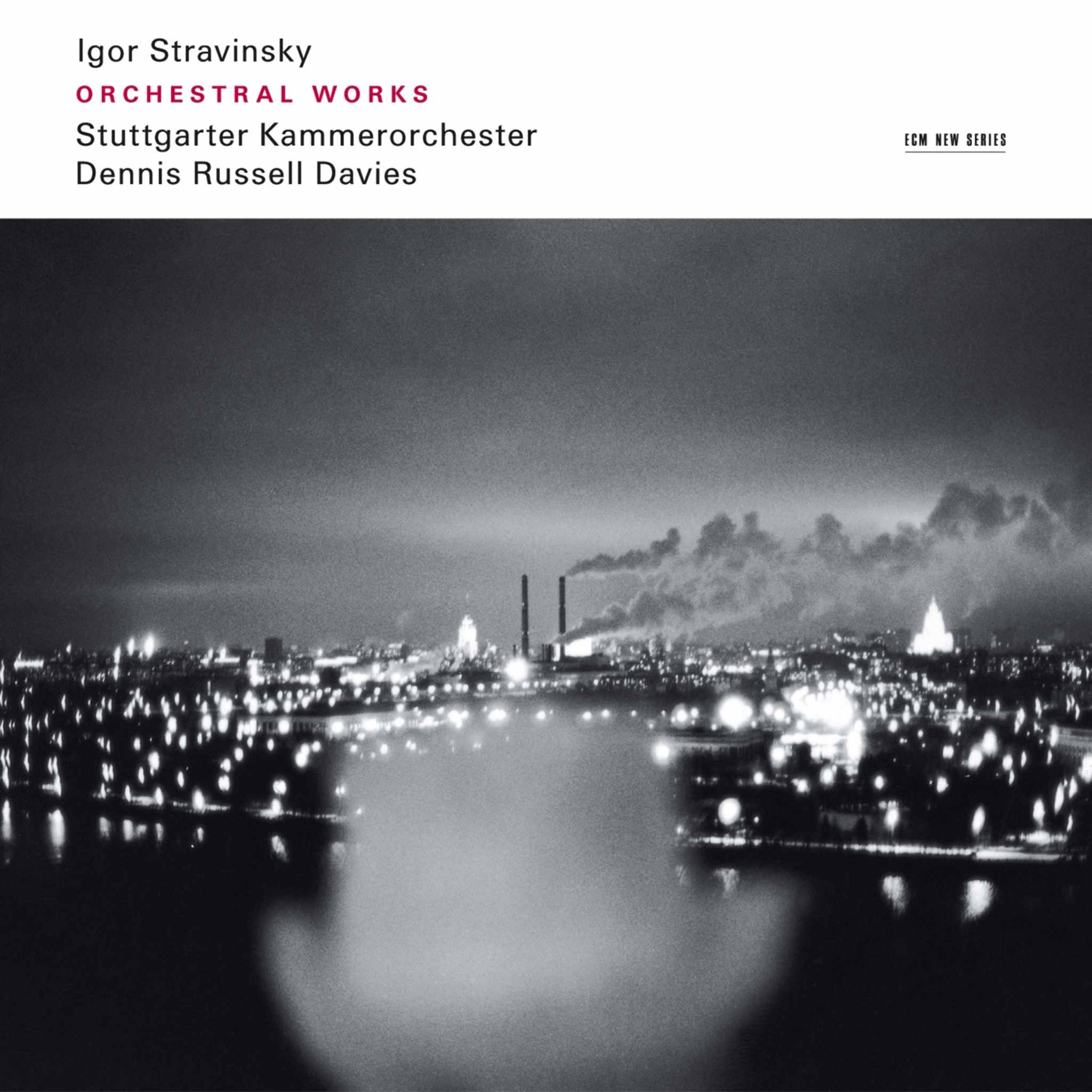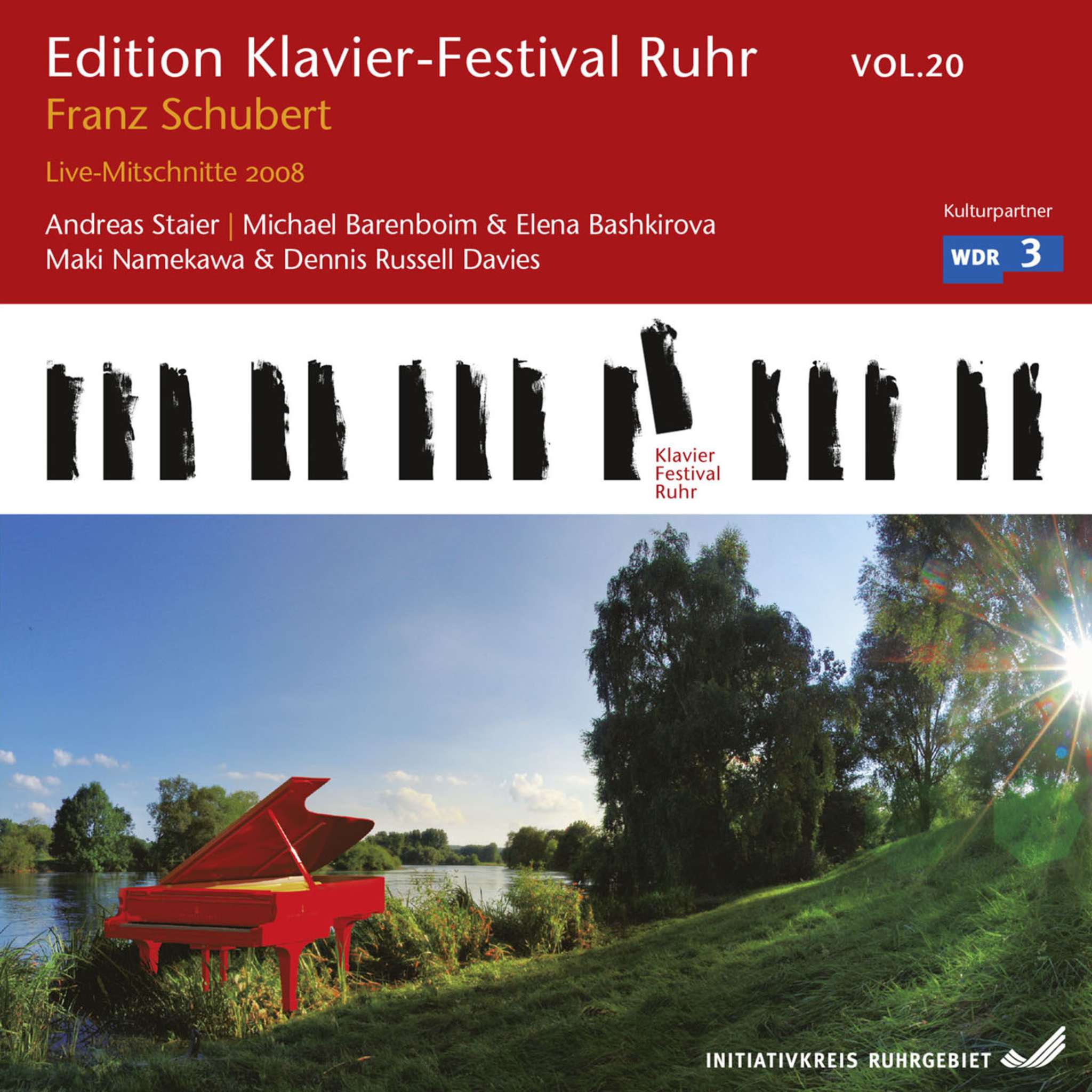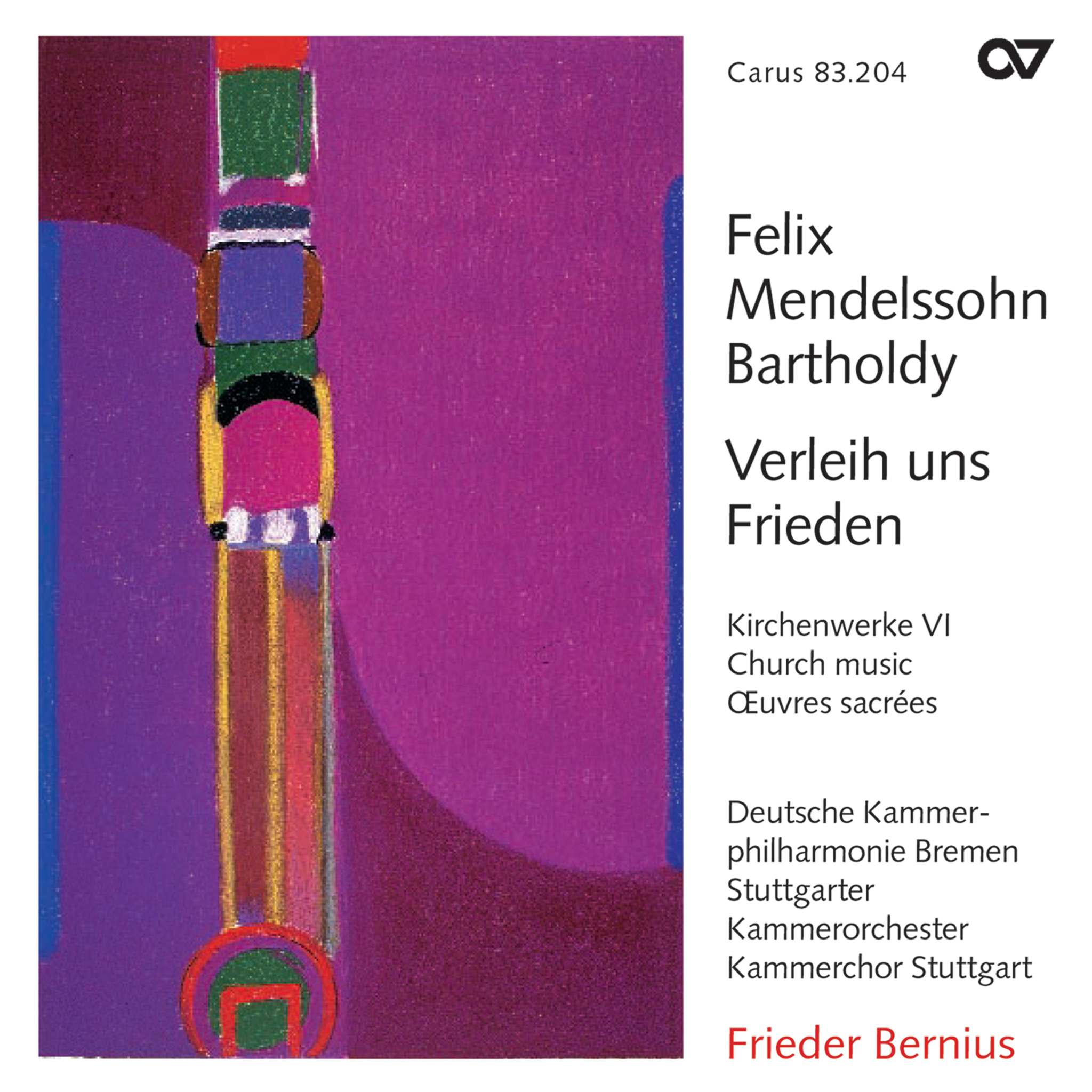Album insights
In 1732, Handel's works Esther and Acis and Galatea debuted in London theaters, introducing new forms of musical entertainment alongside the usual Italian opera season. These works were initially performed as they were composed in 1718 for the Duke of Chandos and his circle. Subsequently, Handel created enhanced versions better suited for opera singers and theater performances. Esther, an oratorio sung entirely in English, marked the start of a significant series of oratorios that became Handel's main focus. Acis and Galatea, originally a masque, was transformed into a serenata, partly sung in English and partly in Italian, hinting at future secular oratorio possibilities. Handel had few models to guide him in these new endeavors, drawing ideas for the subsequent grand choral works from enthusiastic friends and followers.
In early 1736, spurred by Newburgh Hamilton, Handel composed Alexander's Feast, setting to music John Dryden's highly admired ode. The music garnered great acclaim and was uncommonly published shortly after. Influenced by a key group of friends including philosopher James Harris and Charles Jennens, and the fourth Earl of Shaftesbury, Handel went on to set John Milton's poems to music in L’Allegro, il Penseroso ed il Moderato and the oratorio Samson. Further research revealed Harris' role in crafting the libretto for L’Allegro, alternating lines from Milton's poems to form the basis of the composition.
As Handel embarked on composing the music for L’Allegro, his enthusiasm led to a swift completion process. The debut of L’Allegro, il Penseroso ed il Moderato, alongside Acis and Galatea, marked the start of a season of English choral works in February. The originality and complexity of the compositions were met with varied reactions, with some critical notes on Jennens' text. The debate between the contrasting characters of Allegro and Penseroso reflected a profound exploration of youthful exuberance versus mature reflection throughout the libretto.
Harris, a musician himself, astutely recognized the lyrical potential in Milton's shorter poems, influencing Handel's choice in composition. Handel's modifications over subsequent performances resulted in an ever-evolving work without a definitive version. By utilizing three sopranos to embody Allegro and Penseroso, Handel's original vision was maintained, combining the essence of his initial concept with later enhancements.
Anthony Hicks © 1999 Translated by ChatGPT










